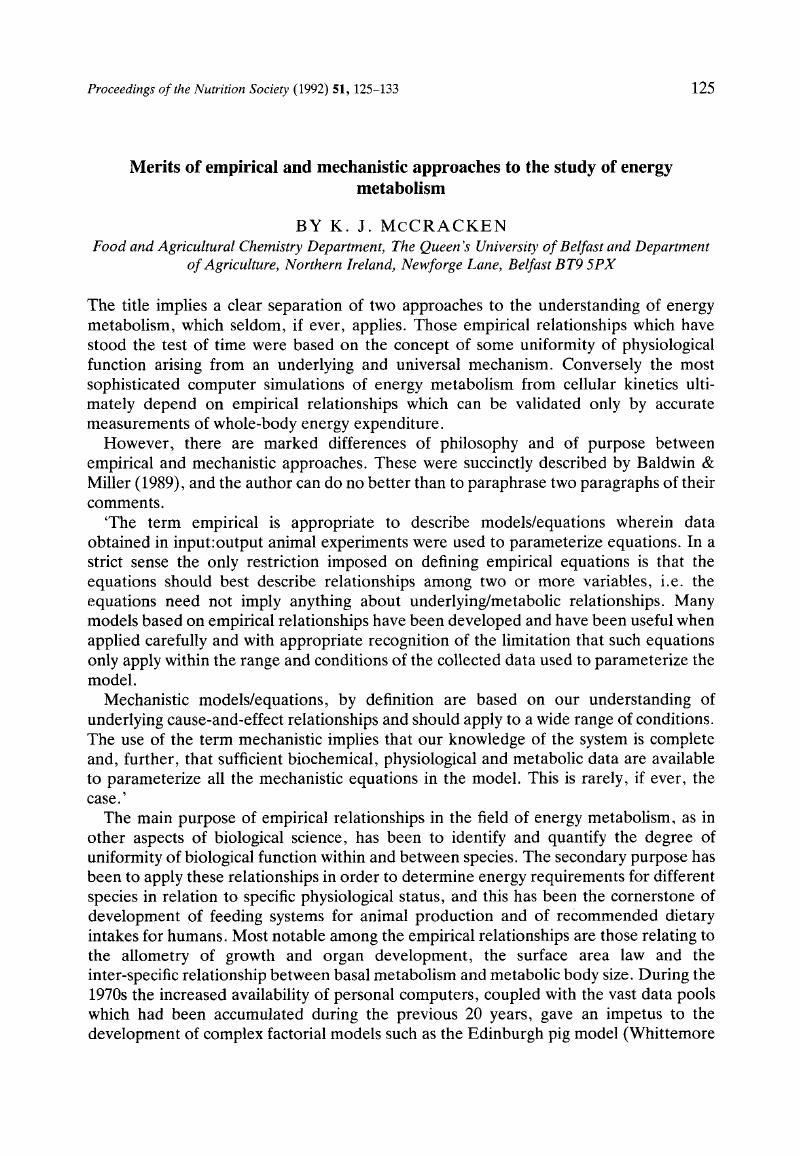Crossref Citations
This article has been cited by the following publications. This list is generated based on data provided by Crossref.
Livesey, G.
1992.
The Energy Values of Dietary Fibre and Sugar Alcohols for Man.
Nutrition Research Reviews,
Vol. 5,
Issue. 1,
p.
61.
VETHARANIAM, I.
STEVENS, D. R.
ASHER, G. W.
WOODWARD, S. J. R.
ARCHER, J. A.
and
ROLLO, M. D.
2009.
A model of growth, pregnancy and lactation in the red deer.
The Journal of Agricultural Science,
Vol. 147,
Issue. 3,
p.
253.



